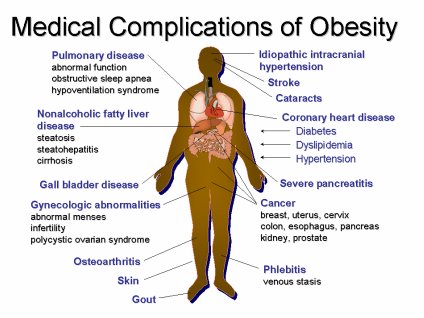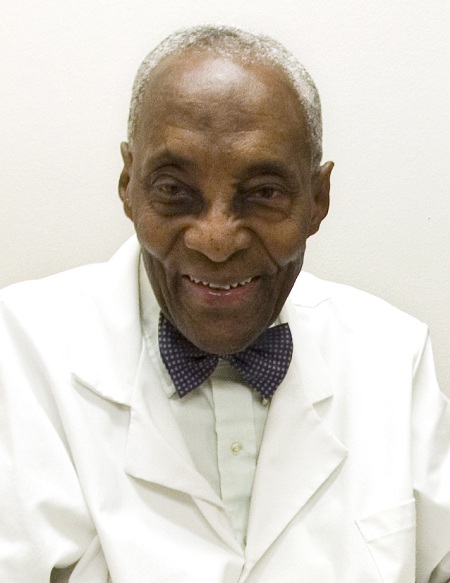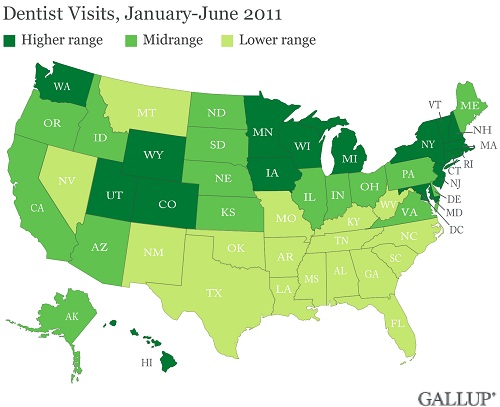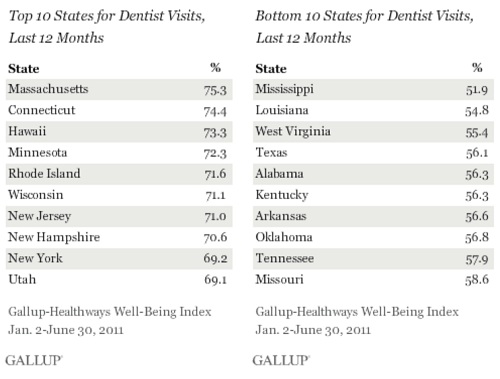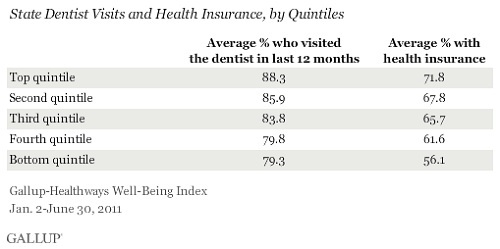Flap’s Dentistry and Health Links and Comments for October 23rd on 22:36
Posted onThese are my links for October 23rd from 22:36 to 22:47:
- Dentists, patients feel economy’s bite in Sacramento area –
Douglas Lott sees it in the faces of many young people sitting in his Sacramento dentist's chair.
"I have more people unable to pay for treatment," Lott said. "The hardest hit are the younger kids, who … don't have a steady job, or insurance, or are in college. When you tell them they need a root canal or crown for $2,500, they have a look on their face like it's not real."
But Sacramento's double-digit jobless rate and bleak economic conditions are all too real, and they're affecting dentists along with their patients. Like many small businesses, Sacramento area dental practices are getting drilled by the economy, state budget cuts and insurance plan changes.
Dentists in the Sacramento region are reporting that business dropped by as much as 25 to 30 percent in the last three years, said Cathy Levering, executive director of Sacramento District Dental Society. That number is about even with the statewide figures for decreased dental business, she said.
Dentists are also struggling with lost retirement funds in the stock market, which is delaying retirement and making it tough for younger dentists to move into practices. Meanwhile, cuts to Denti-Cal, the lack of free dental clinics and decreasing insurance coverage over the last decade are chipping away at dentists' profits.
Because of state budget shortfalls, the state's Denti-Cal program eliminated adults from its program in 2009, making only children and pregnant women eligible for subsidized dental care and further reducing patient loads.
Tags:
- Young vegetarians: Getting the nutrition they need –
Niki Gianni was 11 or 12 when she found a video on YouTube called "Meet Your Meat." Saddened and disgusted by the footage from a slaughterhouse, the Chicago girl announced she was no longer going to eat meat. Her parents were less than thrilled.
"When she first said she wanted to be a vegetarian, we were just looking at each other and we said, 'We can't be switching meals for you. You are not going to get your protein.' We were not educated in the health benefits," said Gianni's mother, Julie Gianni.
While many parents worry whether their vegetarian or vegan children will receive adequate nutrition for their growing bodies, the American Dietetic Association says such diets, as long as they are well-planned, are appropriate for all phases of life, including childhood and adolescence. "Appropriately planned" vegetarian or vegan diets are healthful, nutritionally adequate and may provide health benefits in the prevention and treatment of certain diseases, the dietetic association says.
Tags:
- Healthy Halloween Advice for Children With Diabetes –
While there are challenges, Halloween can still be fun for children with diabetes, an expert says.
"They can enjoy Halloween and enjoy some of the sweets the holiday offers — within reason," Dr. Kenneth McCormick, a pediatric endocrinologist and senior scientist at the University of Alabama at Birmingham Comprehensive Diabetes Center, said in a university news release.
"We give parents and kids three options and let them decide how they want to handle Halloween and the sweets that come with it," he explained.
The first option is to count carbohydrates. A child tracks how many carbohydrates he or she consumes and takes, for example, one unit of insulin for every 15 to 20 grams of carbs.
Tags:


